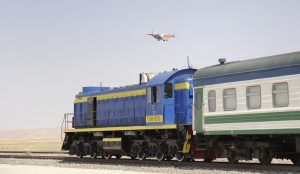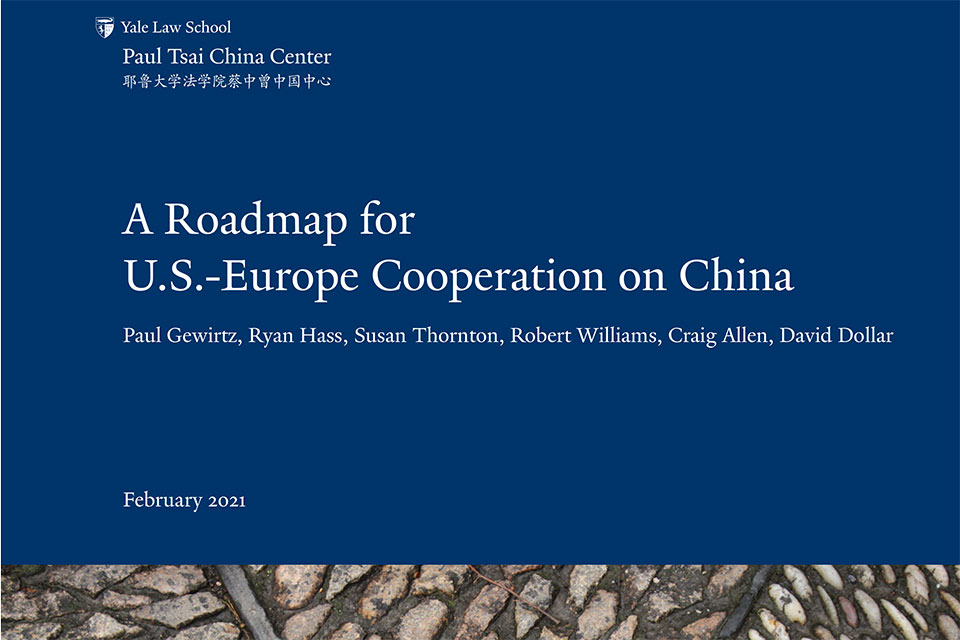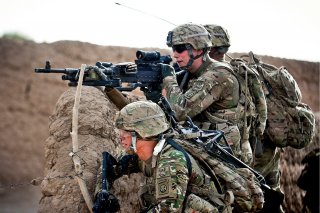BY HARSH V. PANT, YOGESH JOSHI

India must be pleased. This outcome means that it was able to force Chinese troops out of what New Delhi believes is its side of the Line of Actual Control (LAC) that divides the two countries. India, in short, has repeated the military success it achieved during the Doklam crisis in 2017, when the two faced off over China’s attempt to build a road and both sides eventually withdrew their troops.
The latest showdown originated in May 2020, when the Chinese army prevented Indian soldiers from patrolling up to their claim lines and established permanent structures on its own side. Both in terms of geography and numbers, China’s intrusion was neither local nor limited. The country had used the fog of the coronavirus pandemic to amass around 60,000 troops, according to some estimates, close to the border in direct contravention of the rules of engagement along the LAC. Beyond endangering the status quo, the apparent incursion and the deaths of 20 Indian soldiers in the Galwan Valley in June was also embarrassing for Indian Prime Minister Narendra Modi, who had sought to initiate a high-level dialogue with Chinese President Xi Jinping after the Doklam crisis.




















